NHS Grampian finance chiefs say soaring drug costs are contributing to a cash crisis.
A paper explaining the body’s finances went before members of the board yesterday, with grim warnings about the year ahead.
Even though chiefs managed to balance the books in the last financial year, they have admitted that major challenges lie ahead.
What is to blame for NHS Grampian’s financial woes?
It has been estimated that the health board faces a £60m black hole over the next year.
Assistant director of finance Alan Sharp yesterday explained that multiple factors were to blame.
But he noted that inflationary pressures were a “significant” contributor, particularly costs for energy, drugs and medical supplies.
Mr Sharp also told board members that a number of one-off measures used to help balance the books last year will not be available again.
Why are rising drug costs causing concern in NHS Grampian?
The increasing cost of drugs raised some worries with board members.
Dennis Robertson asked if any work was going on with drug companies to find a way to reduce prices.
Mr Sharp told him that conversations about drug costs were ongoing at both a UK and Scotland level, after rumours of a two-tier system for prescriptions made headlines last year.
He said: “There is a national UK wide scheme which regulates the costs of some very high-cost hospital drugs.
“That’s currently being reviewed by the Westminster Government who are in negotiations with the pharmaceutical companies.”
‘A lot of upward pressure on drug costs’
He added: “There are also big pressures on costs around the drugs which GPs prescribe at the moment and they particularly impact on our health and social care partnerships.
“A lot of that is just down to inflationary pressures of the cost of raw materials and labour, which has gone up across the world and not helped by the conflict in Ukraine.
“There are discussions ongoing, but there’s still a lot of upward pressure on our drug costs at the moment.”
How much do prescriptions cost NHS Grampian?
The latest figures, from February 2023, show that north-east GPs prescribed 806,883 items at a cost of nearly £10.2m that month alone.
Omeprazole tops the table as the most common drug issued to patients.
It is used to treat heartburn and indigestion.
Paracetamol was the second most prescribed medication.
NHS Grampian’s most prescribed medications and their total costs in February 2023:
- Omeprazole (29,516) – £157,365
- Paracetamol (14,368) – £53,018
- Aspirin (10,912) – £17,890
- Salbutamol inhaler (10,474) – £19,466
- Amlodipine (9,652) – £12,512
- Atorvastatin (8,820) – £14,862
- Levothyrox (8,724) – £15,713
- Ramipril (8,348) – £17,737
- Amoxicillin (8,077) – £28,925
- Sertraline (7,271) – £11,745
What will NHS Grampian do to plug the £60m gap?
Chief executive of NHS Grampian, Professor Caroline Hiscox said the financial position is an “absolutely critical” part of its decision-making.
She added: “That requires us to think about the longer term and to be really clear and transparent about why and how we are making our decisions,” she explained.
It comes after Scottish Government funding in March helped relieve some pressure, along with staff using up annual leave carried on from the previous year.
NHS Grampian will work closely with integration joint boards and local councils in a bid to try and find potential savings.
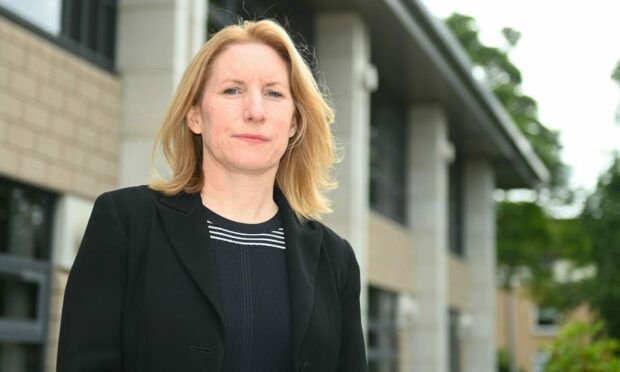
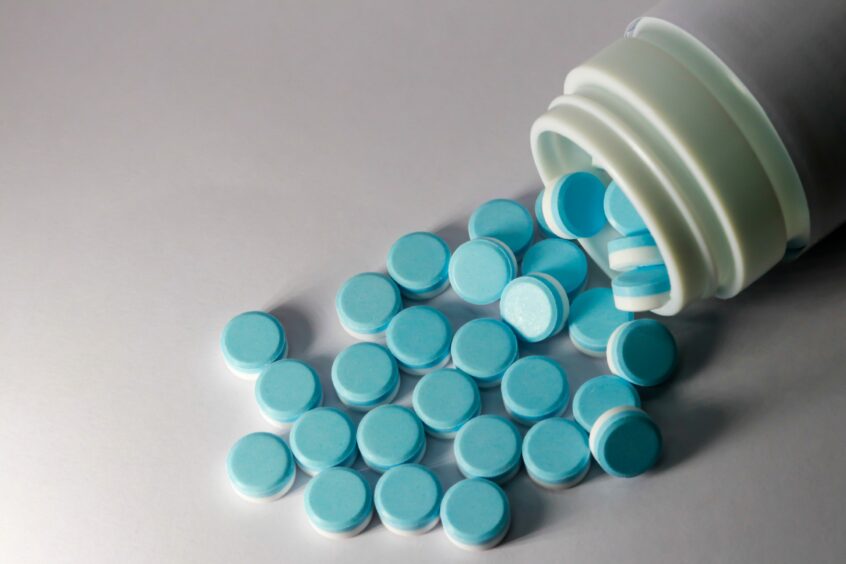
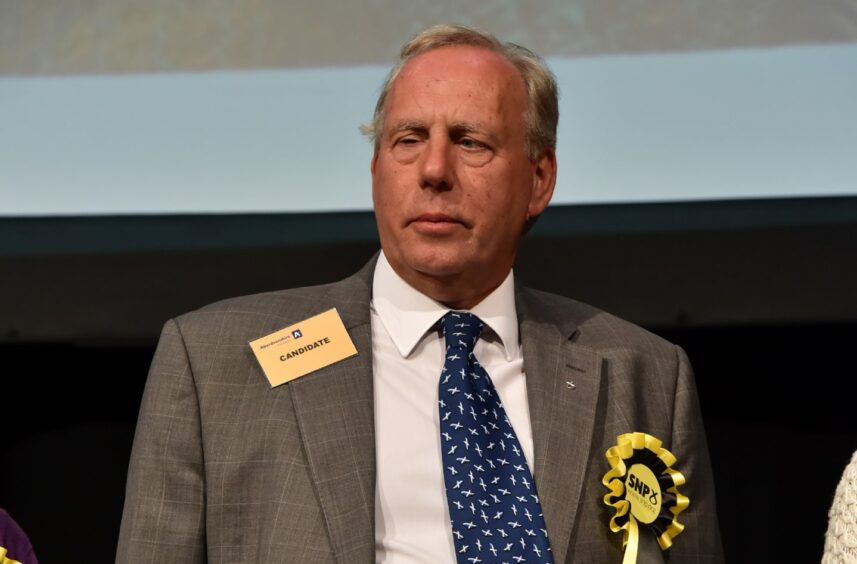
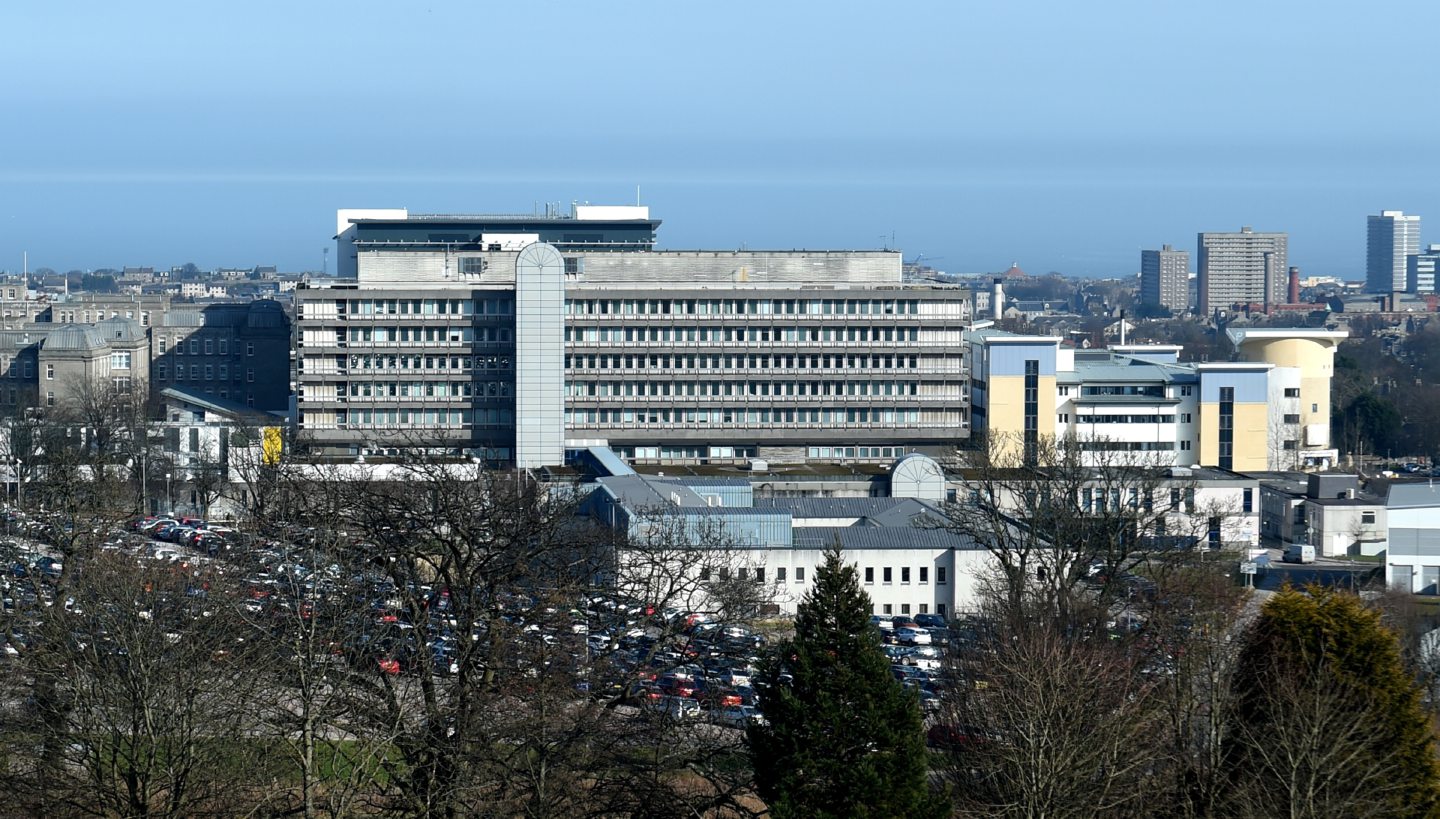
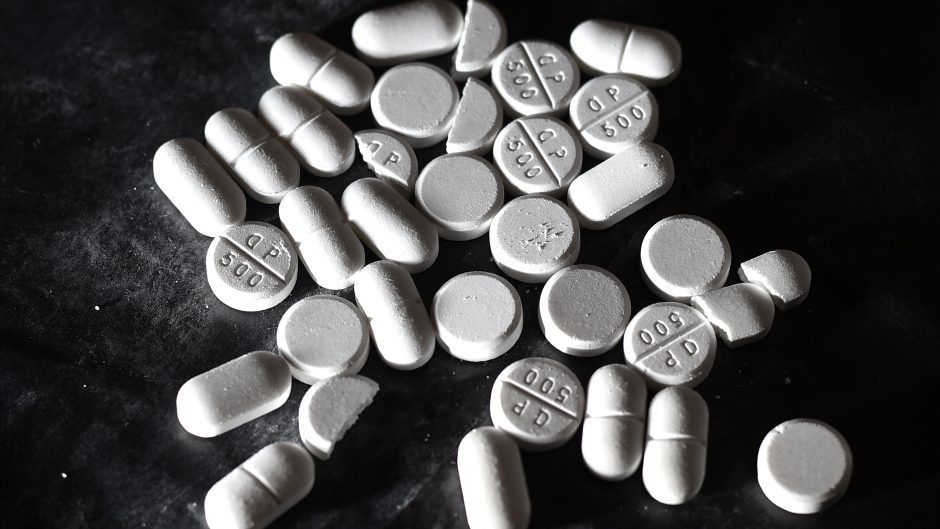
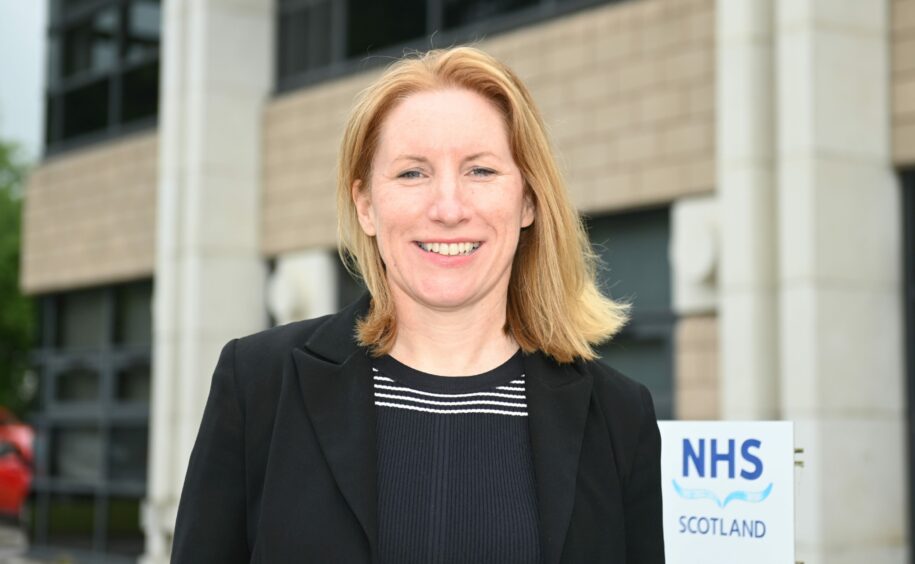
Conversation